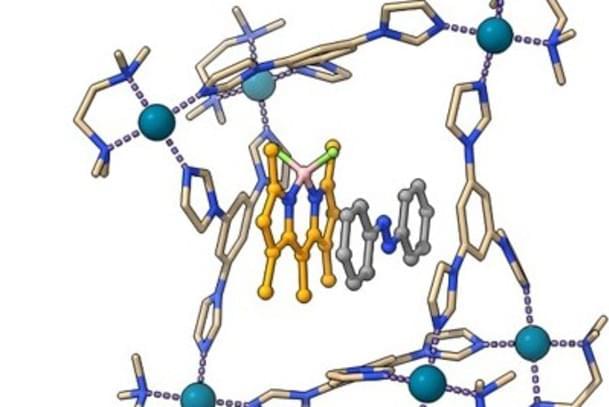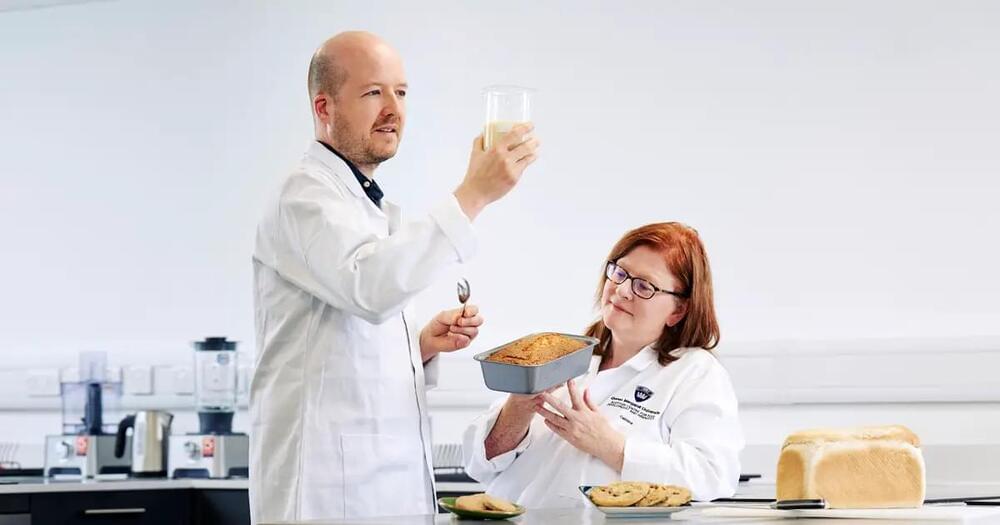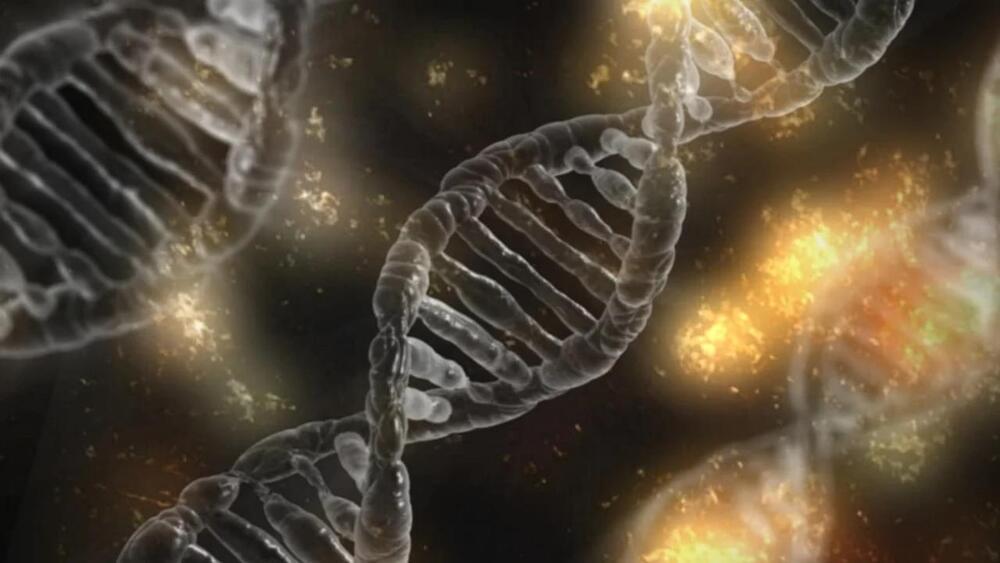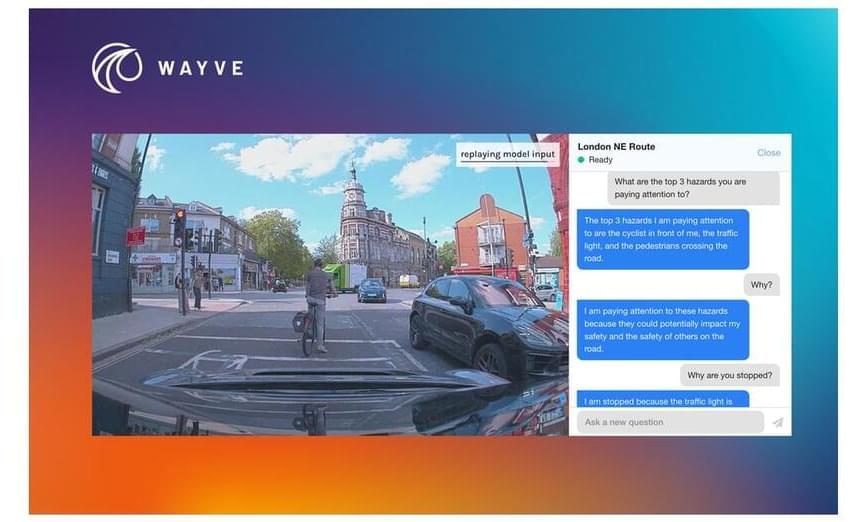What makes Azobenzene molecules particularly interesting is their ability to undergo changes in their shape in response to specific types of light.



A new palm oil substitute called PALM-ALT has been developed by researchers at Queen Margaret University in Scotland. The plant-based ingredient is shown to be healthier, as well as 70% better for the environment than conventional palm oil and is described as “the holy grail to replace it.”
Food experts at Queen Margaret University (QMU) in Edinburgh have developed a new ingredient which has the potential to replace palm oil in bakery products. The new substitute is both healthier and more environmentally friendly than palm oil, which is currently used in a vast amount of baked goods. This could be a game-changing solution for the food industry, allowing manufacturers to satisfy increasing demand for tasty, lower fat, healthier products, whilst also reducing deforestation of the world’s rainforests.
Small Modular Reactors are a promising area of nuclear technology that may be the pathway forward to cheap, safe, and sustainable energy.
Go to https://brilliant.org/IsaacArthur/ to get a 30-day free trial + the first 200 people will get 20% off their annual subscription.
Visit our Website: http://www.isaacarthur.net.
Join Nebula: https://go.nebula.tv/isaacarthur.
Support us on Patreon: https://www.patreon.com/IsaacArthur.
Support us on Subscribestar: https://www.subscribestar.com/isaac-arthur.
Facebook Group: https://www.facebook.com/groups/1583992725237264/
Reddit: https://www.reddit.com/r/IsaacArthur/
Twitter: https://twitter.com/Isaac_A_Arthur on Twitter and RT our future content.
SFIA Discord Server: https://discord.gg/53GAShE
Listen or Download the audio of this episode from Soundcloud: Episode’s Audio-only version: https://soundcloud.com/isaac-arthur-148927746/nuclear-power-…r-reactors.
Episode’s Narration-only version: https://soundcloud.com/isaac-arthur-148927746/nuclear-power-…ation-only.
Credits:
Nuclear Power: Small Modular Reactors.
Science & Futurism with Isaac Arthur.
Episode 390, April 13, 2023
Written, Produced & Narrated by Isaac Arthur.
Special Thanks to Last Energy https://www.lastenergy.com.
Music Courtesy of Epidemic Sound http://epidemicsound.com/creator
In an age of unpredictable job evolution, it is hard to argue that the knowledge acquisition historically associated with a university degree is still relevant. But as university qualifications become more commonplace, recruiters and employers will increasingly demand them, regardless of whether they are actually required for a specific job. Research shows that the correlation between education level and job performance is weak, and that intelligence scores are a much better indicator of job potential. If we were to pick between a candidate with a college degree and a candidate with a higher intelligence score, we could expect the latter to outperform the former in most jobs, particularly when those jobs require constant thinking and learning.

There are many therapies that target cancer. The most well-known is chemotherapy, which is a toxic chemical that is directed at a tumor to kill the cells. This is currently the standard of care for most types of cancer. However, as science advances, less toxic and more direct therapies are discovered. The most recently discovered therapy is known as ‘immunotherapy’, which redirects the immune system to kill the tumor. There are many successful treatments with immunotherapy among different types of cancers, including melanoma and lung cancer. Unfortunately, immunotherapy is limited in many solid tumors due to the immunosuppressive tumor microenvironment (TME). The TME is a pro-tumor environment that the cancer has made by releasing specific proteins that allow it to progress. In this environment the tumor can remain undetected from the immune system and progress throughout the body. Different immune cells in the TME become polarized and alter their functions to help the tumor proliferate and grow. It is now becoming more common to pair therapies together including immunotherapy with chemotherapy. Scientists are still trying to find ways to improve treatment and completely eradicate the tumor.
In San Francisco, California, a group of scientists, led by Dr. Alex Marson, are working to modify gene expression to reprogram or change immune cells in the TME to attack cancer. There has been some success, but this immunotherapy does not help treat all patients. In addition, the screening process to determine genetic changes to determine which cells would result in the greatest treatment efficacy is a long, arduous process. A group at the Gladstone Institutes has worked with Marson at University of California San Francisco (UCSF) to develop a strategy that helps pair different genetic combinations in a faster amount of time to determine the most beneficial treatment outcomes. This screening technique is called Pooled Knockin Screening (ModPoKI). ModPoKI finds the best genetic modifications to express in immune cells that will have prolonged anti-tumor efficacy.
The study that demonstrated ModPoKI was published recently in Cell, which demonstrates our ability to now understand how to combine genetic programs. ModPoKI combines genes into long lines of DNA to generate roughly 10,000 combinations to match with a genetically engineered immune cell known as a T cells are major immune cells that primarily target foreign antigens, like cancer cells, and kill them. Once the optimal gene modification is found, it is put into the engineered immune cells that are polarized to kill cancer. After further investigation, the combinations made by ModPoKI resulted in the most polarized anti-tumor T cells.

Someone has made it. LONDON—(BUSINESS WIRE)—Self-driving technology company Wayve has launched LINGO-1, a first-of-its-kind vision-language-action model (VLAM) for self-driving that is set to revolutionise the learning and explainability of its AI Driver technology powering self-driving vehicles.
Prior to LINGO-1, end-to-end AI neural nets have been criticised as black boxes, providing limited insight into why and how they make decisions. Gaining deeper insight into the decision-making and reasoning capabilities of its AI models is critical to ensuring that Wayve can build a safe driving intelligence for self-driving. Wayve’s LINGO-1 opens up new capabilities to dramatically enhance the interpretability of Wayve’s AI Driver.
Wayve launches a breakthrough AI model, LINGO-1, that uses natural language to improve AI explainability for self-driving vehicles.

The healthcare lead at research and consulting giant Accenture lays out how to get proprietary data ready, establish the right controls and harmonize people with the tech.
Many healthcare organizations are onboarding generative AI fast and furious. Generative is the kind of AI behind the super popular ChatGPT application.
While it may seem like a miracle technology to many, it is by no means perfected. In fact, it even can have hallucinations (known to us humans as mistakes).



Mercedes-Benz is using digital twins for production with help from NVIDIA Omniverse, a platform for developing Universal Scene Description (OpenUSD) applications to design, collaborate, plan and operate manufacturing and assembly facilities.
Mercedes-Benz’s new production techniques will bring its next-generation vehicle portfolio into its manufacturing facilities operating in Rastatt, Germany; Kecskemét, Hungary; and Beijing, China — and offer a blueprint for its more than 30 factories worldwide. This “Digital First” approach enhances efficiency, avoids defects and saves time, marking a step-change in the flexibility, resilience and intelligence of the Mercedes-Benz MO360 production system.
The digital twin in production helps ensure Mercedes-Benz assembly lines can be retooled, configured and optimized in physically accurate simulations first. The new assembly lines in the Kecskemét plant will enable production of vehicles based on the newly launched Mercedes Modular Architecture that are developed virtually using digital twins in Omniverse.